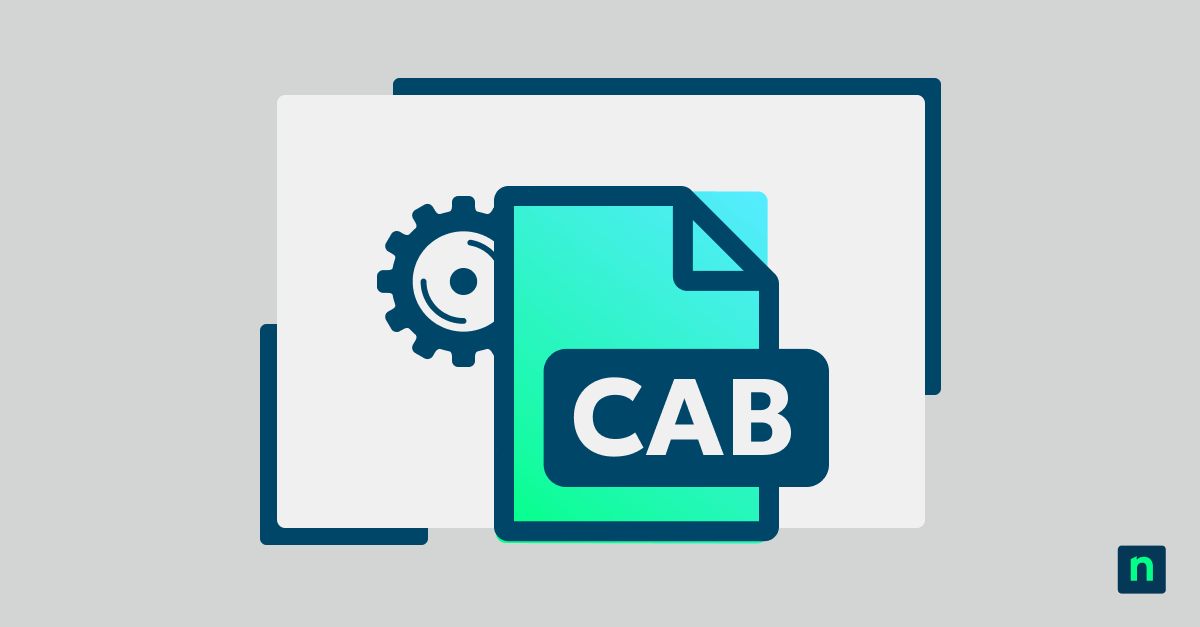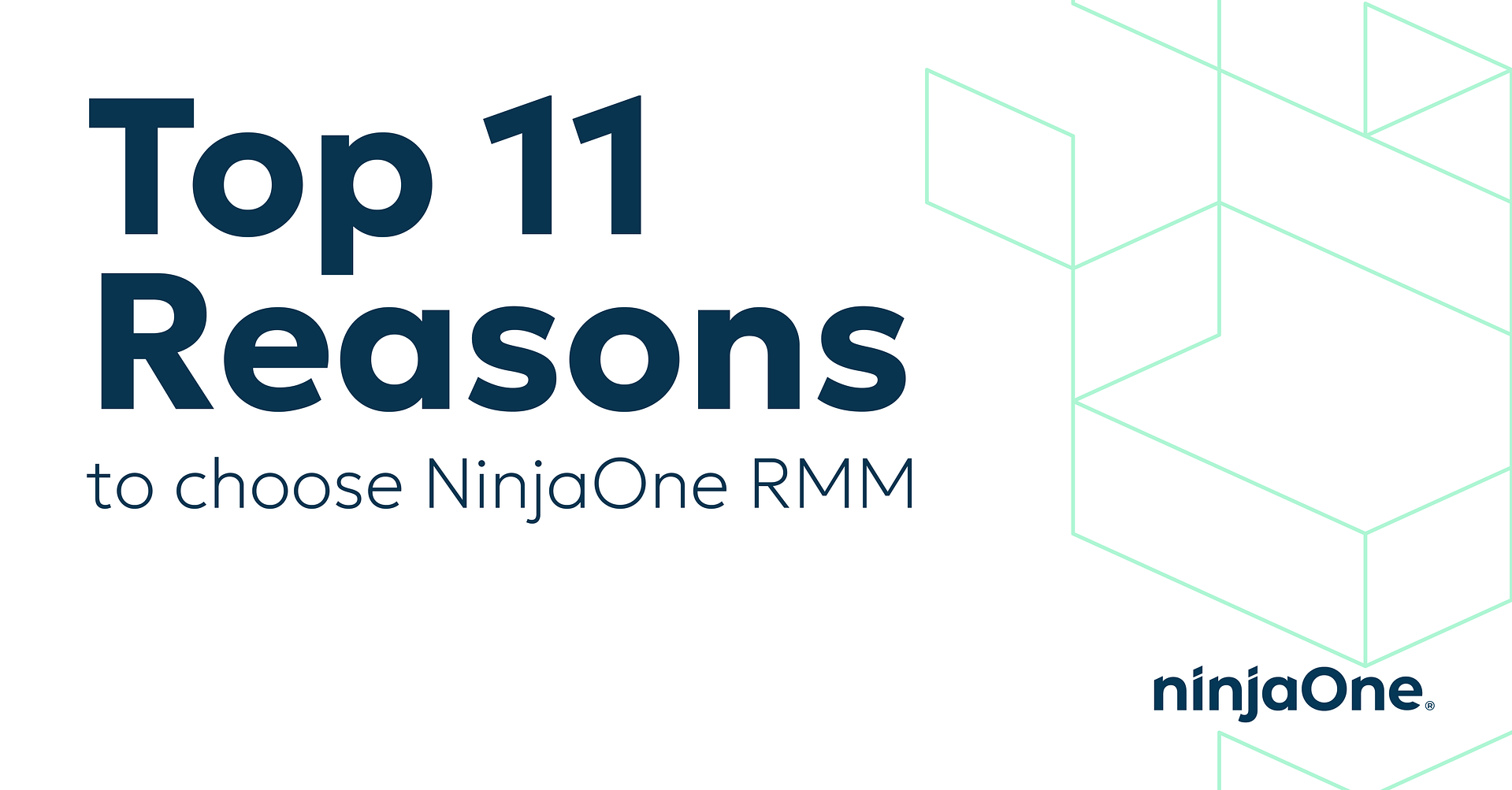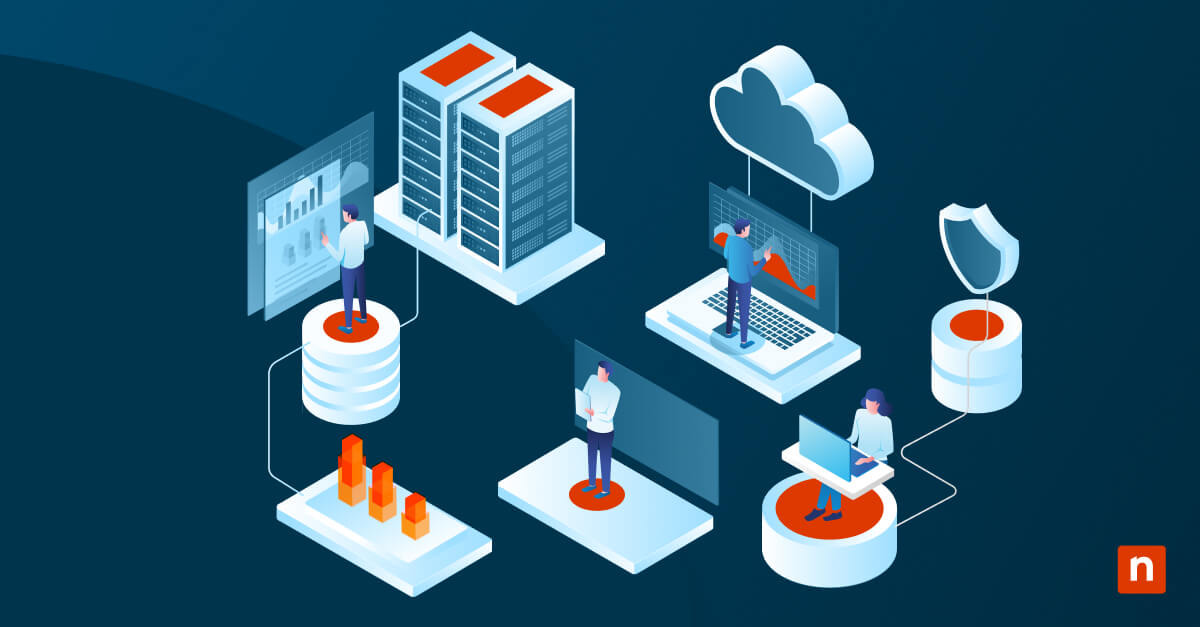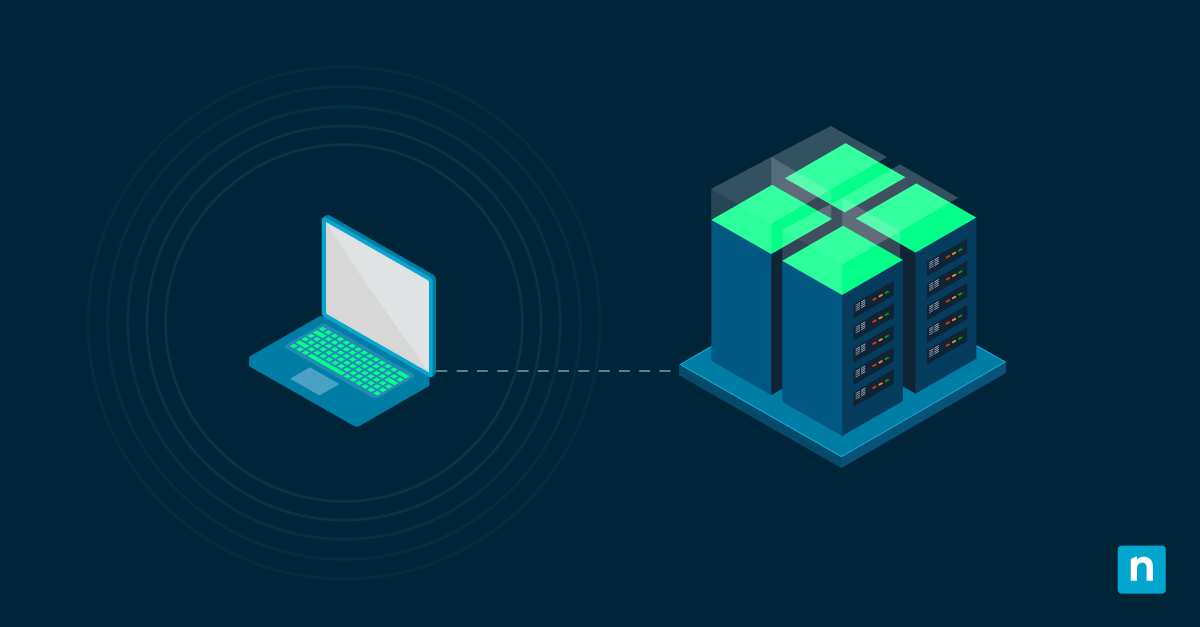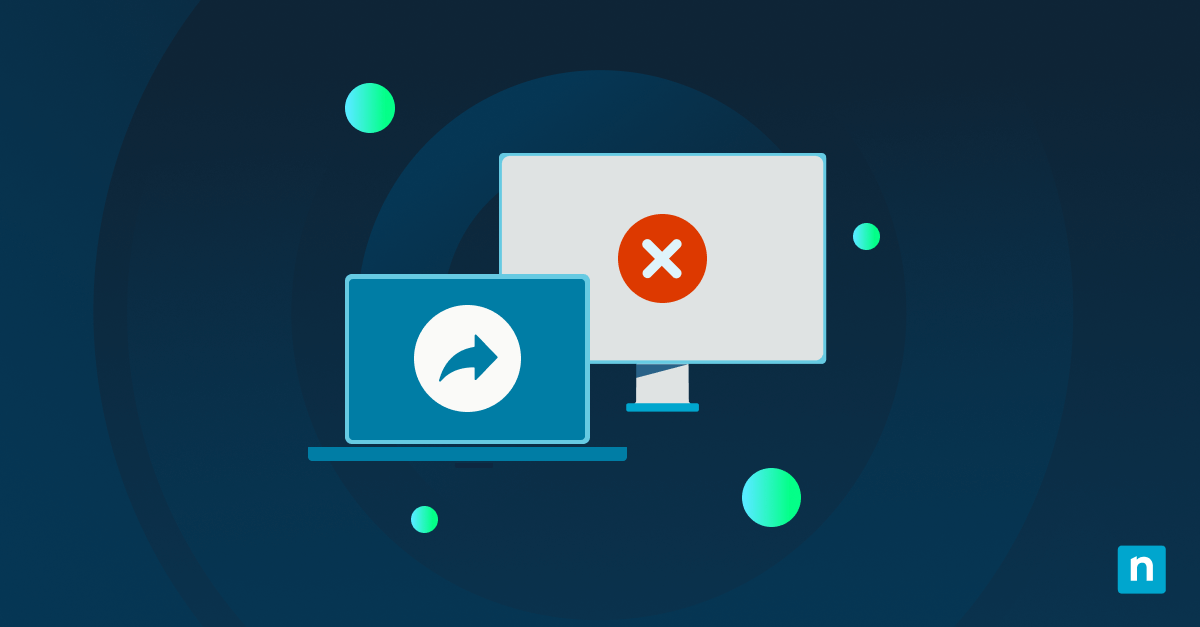The key to any MSP’s growth is predictability – that business nirvana where you know how much time your techs are going to spend, exactly how they’ll address issues, how much revenue you’ll bring in, and how much profit you’ll make. But to get there, as mature and successful MSPs know, the concept of predictability needs to first extend down into every facet of your business. Why? Because it’s right there in the phrase predictable business – the entire business needs to be predictable.
This concept of every facet being predictable should find its way down to the very solutions your techs use to accomplish their work. After all, without a solution providing predictable results, your techs would be manually performing tasks according to step-by-step lists (and nobody wants that!).
No greater opportunity for predictability exists for the MSP than in their Remote Monitoring & Management (RMM) service offering. Commonly considered the foundational staple service of most MSPs, RMM software predictability (or lack thereof) can have a ripple effect on whether you can get to predictable with other services that use RMMs as a service starting point (e.g. if your RMM isn’t reporting patches correctly, your endpoint security offering can’t ensure security consistently). So, it makes sense to begin striving for predictability with RMM. And if you’re still doing break/fix with no concrete RMM-focused service offering, you should be thinking in terms of predictability as you make the transition.
So, what does it take to achieve predictability in a RMM?
There are three high-level keys:
- A defined service offering – The scope of a RMM can creep in a lot of directions, so it’s important to specify exactly what service(s) you’re providing, to which endpoints, what service levels are included, etc. Without some level of definition, you’re responsible for fixing any kind of issue that arises network-wide. Much of this can be outlined within a Service Level Agreement (SLA), which documents the details of your offering and communicates it to your customer.
- Defined configurations – No MSP can grow their RMM business with each endpoint being a unique one-off configuration. Every part of your managed endpoints needs to be defined: how systems are setup, how they are kept updated and secure, where are applications installed, how are they configured… and the list can (and should) go much deeper. The goal is to keep everything you’re responsible for monitoring and managing identical, so techs spend their time addressing issues and not wasting it getting acclimated to the particular configuration of the impacted system.
- Defined processes – This applies to both your proactive tasks – such as monitoring (e.g. what’s being monitored, what are the thresholds used, etc.), updating of operating systems or applications – as well as reactive measures, such as the specific tasks used (whether manual or automated) your techs perform when a given problem arises.
A material measure of success in achieving the above rests in having a remote monitoring & management (RMM) solution in place that aligns with the predictable nature you are trying to create by following the above.
There are lots of great RMM solutions on the market, each with features and functions that assist in making your RMM business more predictable. In fact, just having a solution – any solution – is a step in the right direction. After all, most solutions work towards the same general goals of simplifying the work techs do when remotely taking care of your customer’s endpoints.
But, what should you be specifically looking for (or utilizing if you already have a solution) to achieve predictability?
- Real-Time Management – Your RMM business should have response times defined in an SLA. This means you need to identify and fix problems as quickly as possible to keep your customer happy and productive. Find a solution that provides you with as close to real-time information as is possible. This way, your techs are made aware of issues far more quickly, speeding up response time, and having up-to-date detail on a system’s state, performance, configuration, etc. empowers your techs to make better decisions on how to address an issue.
- Automation – Your predictable RMM business needs lots of this. Utilize automation both in the sense that tasks normally performed manually are done automatically (and, by definition, consistently, which leads to predictability), but also in the sense that the system should be integrating monitoring and response together, automatically addressing issues without necessarily requiring human intervention.
- Core Functionality-Focused – It’s great to have lots of RMM bells and whistles (e.g. chat functionality – while it can add value, it may or may not be of use in your particular business), but the right solution for you is the one that provides the automation, management, and remote control that aligns with your service offering. At the same time, that core functionality needs to include enough capabilities to meet the needs of your customers within a single solution. In an ideal situation, you’ve found a happy medium between the single “best in class” solution with everything included and the mixture of many “best of breed” solutions – all in one solution.
- Productivity-Designed – Productivity breeds predictability. But, admittedly, determining whether a given solution fits the bill here will end up being subjective. The idea here is to ensure you have a solution that actually makes your techs more productive, efficient, and ultimately profitable. Focusing on the ease of use, the speed and responsiveness of platform, and how well the previously-mentioned features all add up to making your techs more productive is going to fall on you and the needs of your business.
Getting Your RMM Offering to Predictable
If you can get any service offering to predictable, it means you’ve also achieved productive and profitable. And, because a RMM is the foundational service for most MSPs, getting it to predictable determines the level of success you’ll achieve with any service offerings you add on top of it. By putting definitions around your service, configurations, and process, matched with the right RMM solution or solutions, you’ll be on your way to shifting your RMM business from one that’s riddled with one-offs and reactive firefighting, to one that’s defined by a known environment, scheduled updates, automated fixes, and happier techs and customers.

